Uzer: An eyewitness of the Anfal
Books 01:03 PM - 2021-11-06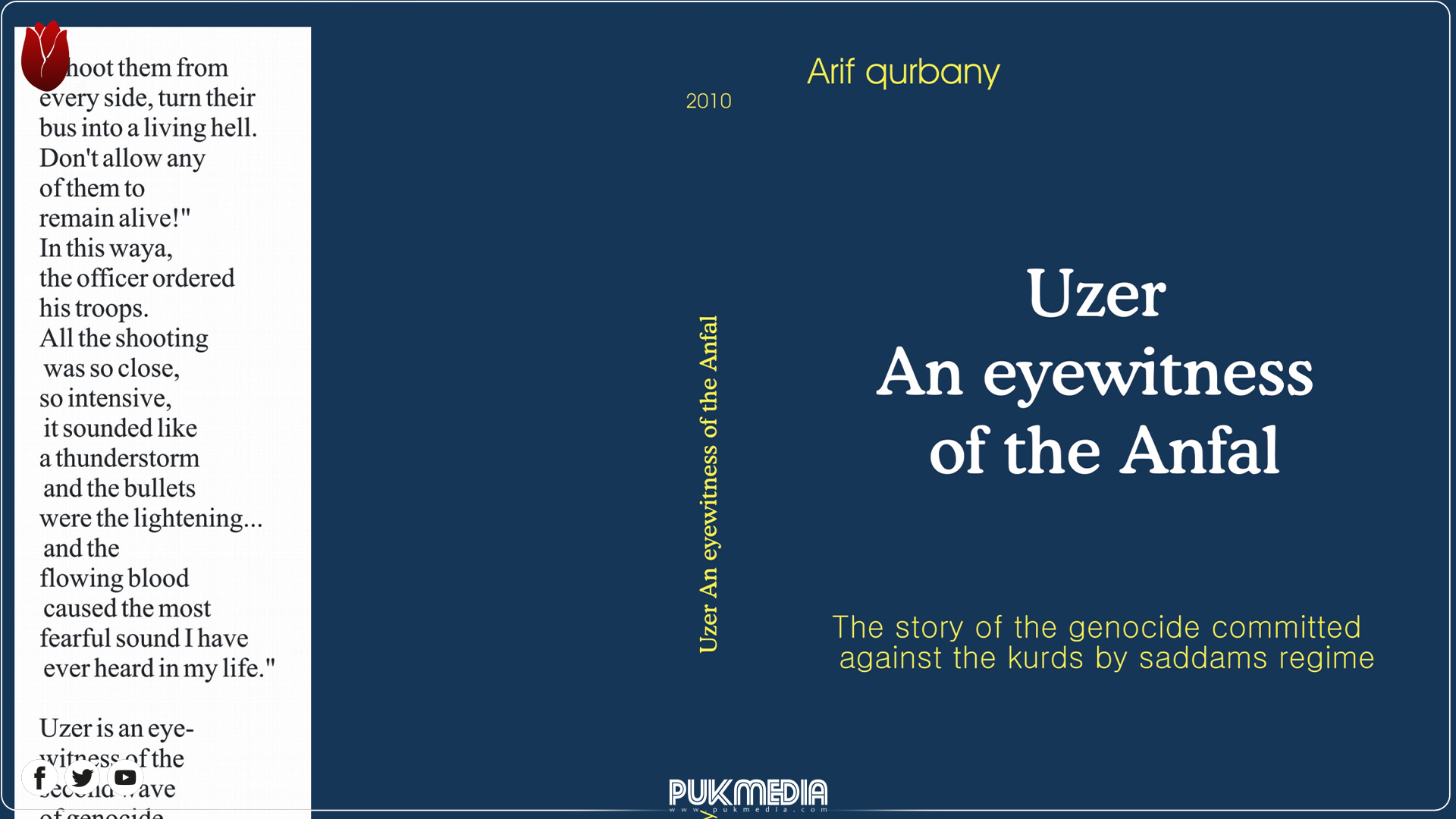
'Uzer: An eyewitness of the Anfal' is one of the Kurdish writer Arif Qurbany's collection of books on the genocide of the Kurds by the notorious Baath regime.
The book has been translated to English by the Kurdish writer and academic Abdulkarim Uzeri.
On his journey to look for information, documents, and evidence to write his book on the Anfal Campaign, Arif Qurbany came across a man who has witnessed almost all the atrocities that happened to the Kurds.
The man's full name is Aziz Wehab Muhammed Suleiman and was born in 1963. Suleiman is an eye-witness and the survivor of Anfal genocidal crimes committed against the Kurds.
His original name was Uzer but later it was changed to Aziz after he became famous as Aziz at school.
"Well, by God, I am not exactly sure. I believe from the very beginning I was called Uzer, but when I went to school there was a dear teacher, who has since died, who said why not let us change the name Uzer to Aziz, it is nicer. Well I said, as you like, and he made my name Aziz. Later on when an ID card was made for me according to the words of this teacher, they named me Aziz," Suleiman told the writer Qurbany.
Suleiman was the of 12 children from his father's two wives. His family were all farmers who grew wheat and barley and, secondly, they were also raising flocks of sheep. He was one of the survivors of the Anfal campaign and he tells the story of the horrible scenes he had witnessed and how he managed to survive.
The Baath regime's campaigns against the Kurdish people were numerous and included a wide range of crimes.
The campaigns started with the Arabization of inhabited areas in the southern part of Kurdistan including Kirkuk city and several towns like Khanaqin, Makhmur, and Shengal. The original Kurdish inhabitants were forced out of their homes without being allowed to take their basic necessities, while the Arabs who occupied these houses received them for free, over and above the fact that they had already been given cash as an inducement to reside in Kurdistan.
In 1983, eight thousand young men were rounded up at gunpoint and taken to some unknown destinations in the south of Iraq. Thereafter, they all disappeared, and even foreign diplomatic efforts have failed to trace a single person.
Reports from Iraqi military sources indicate that they were used as guinea pigs to test the effects of various chemical agents.
Another horrific feature of the Iraqi campaign was the regime's resorting to chemical weapons against civilian populations!
On April 16, 1987, a chemical attack on the Balisan valley near Erbil killed dozens of civilians. On March 16, 1988, a sustained chemical attack was launched on Halabja, where roughly 5 thousand civilians died and many more thousands were seriously injured.
The largest genocide committed against the Iraqi Kurds by Saddam Hussein's regime was in 1988 which was one of the most systematic mass killings.
Although 182,000 victims have been documented, there are tens of thousands of victims who have not been recorded: the unnamed newborn infants, the unborn children of pregnant mothers, the many people who were shot and killed by the infantry and the air force as they escaped on foot and those who died by starvation and diseases.
The author dedicated his book to Peter Galbraith who made Americans aware of genocides against Kurds.
Tap here to read the full book...
PUKmedia
More news
-
PUK President: We Support Yazidis in Protecting their Rights
04:51 PM - 2024-04-17 -
DPM Talabani: Elections Must Be Held Promptly Without Further Delay
05:53 PM - 2024-04-16 -
PUK & UNAMI Emphasise Holding Timely Elections
05:28 PM - 2024-04-16 -
Remembering Anfal: Genocide Crime Against Kurds
09:14 AM - 2024-04-14
see more
PUK President: Elections Would Develop Our Experience
05:06 PM - 2024-04-17
The 8th Sulaymaniyah Forum Takes Place Today
10:33 AM - 2024-04-17
PUK President: Continued Collaboration is Significant for Upholding Stability
10:53 PM - 2024-04-16
PUK President: Our Primary Focus is Maintaining the Country's Stability
05:42 PM - 2024-04-16
Most read
-
PUK President: Elections Would Develop Our Experience
P.U.K 05:06 PM - 2024-04-17 -
PUK President: We Support Yazidis in Protecting their Rights
Kurdistan 04:51 PM - 2024-04-17 -
IHEC Determines Kurdistan Parliamentary Election Campaign Date
Kurdistan 01:37 PM - 2024-04-18

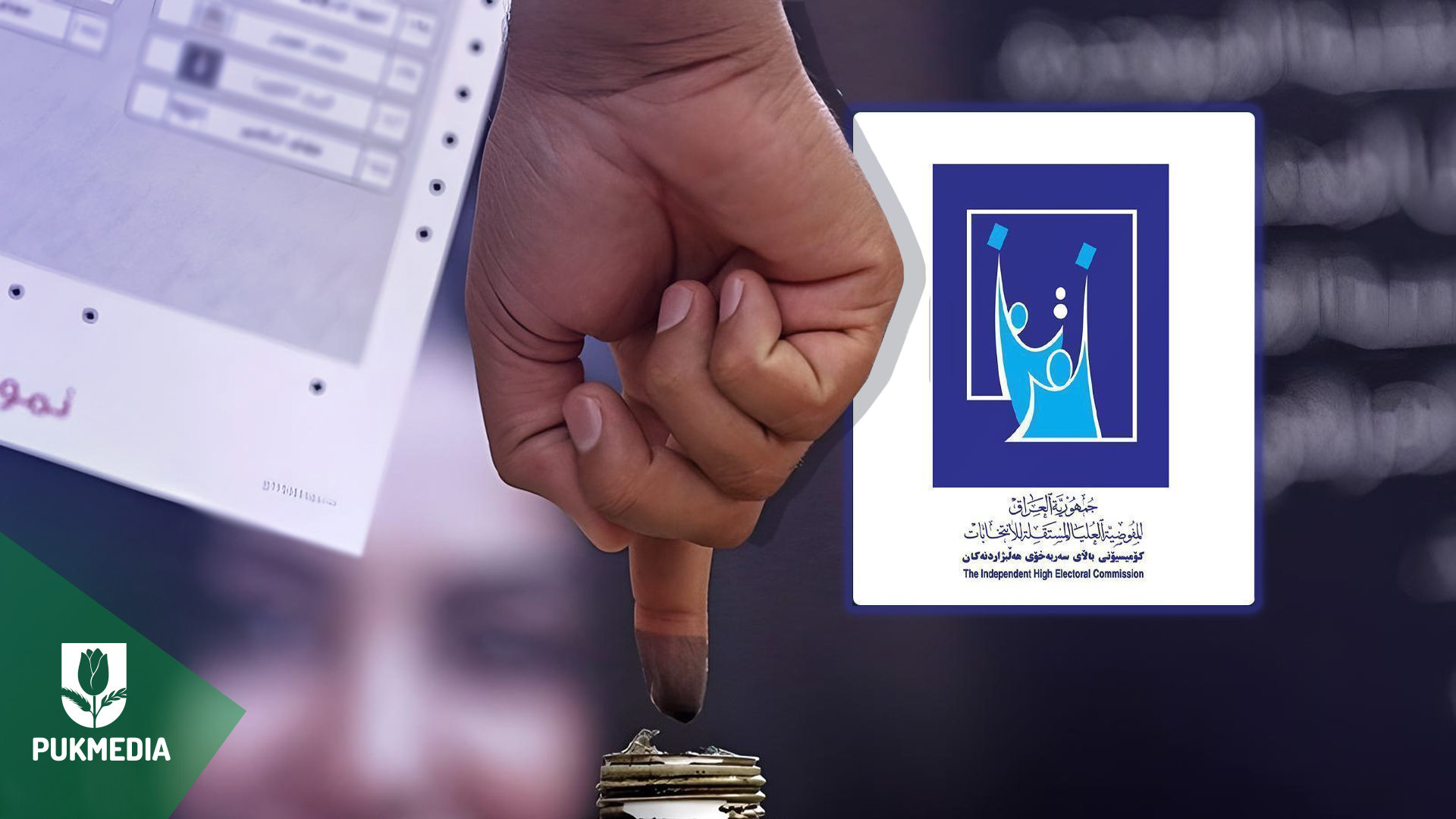
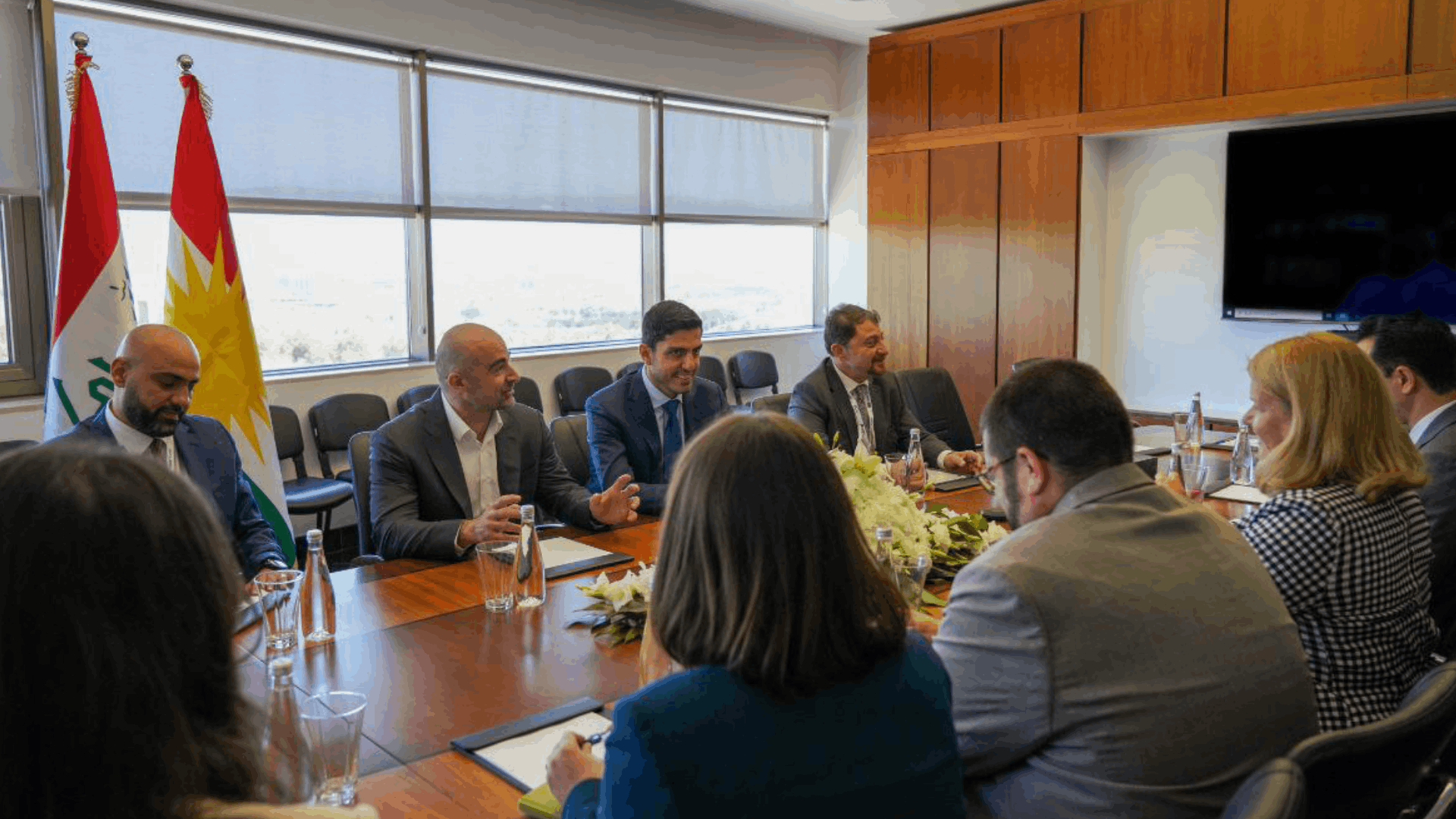
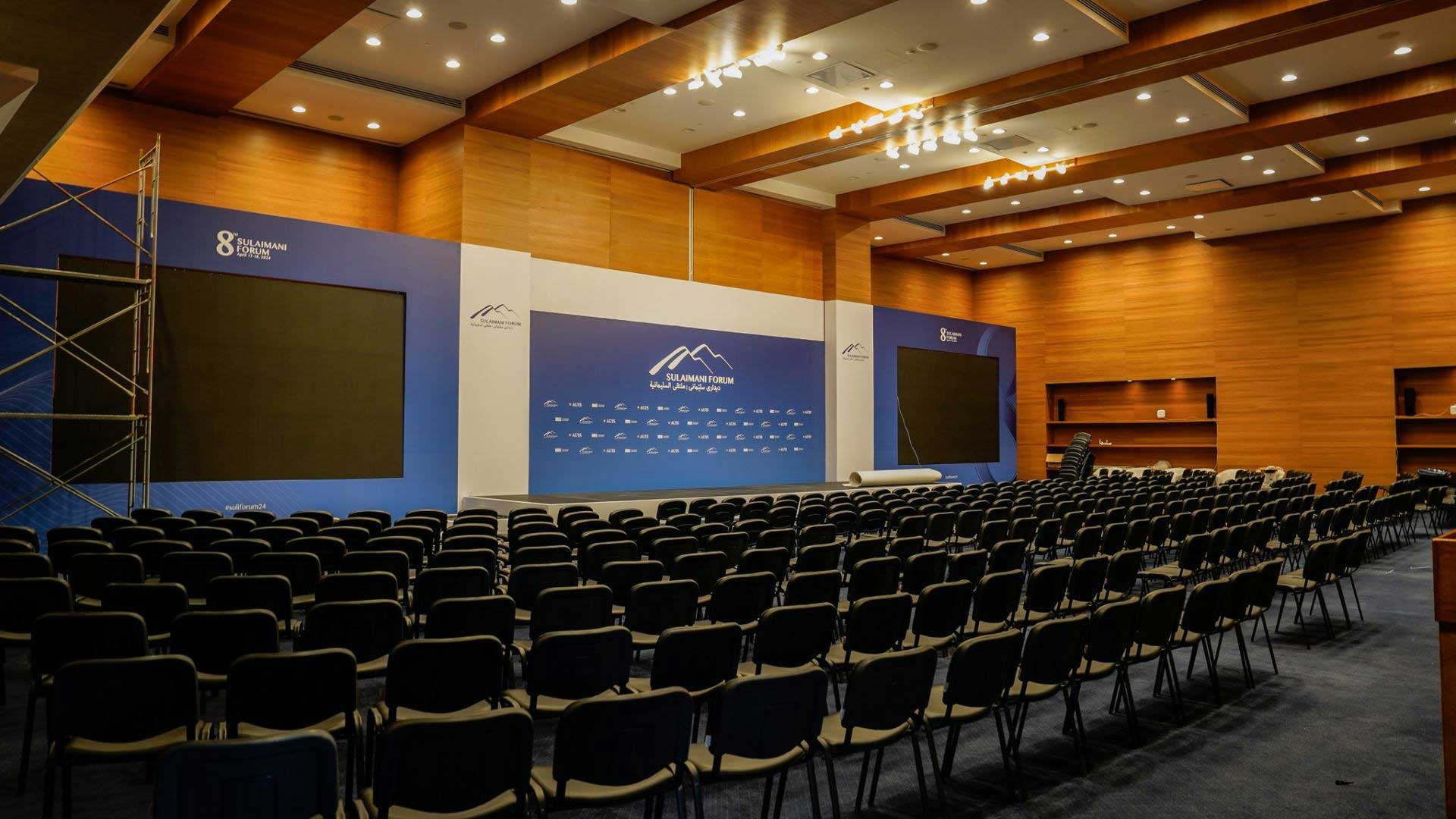
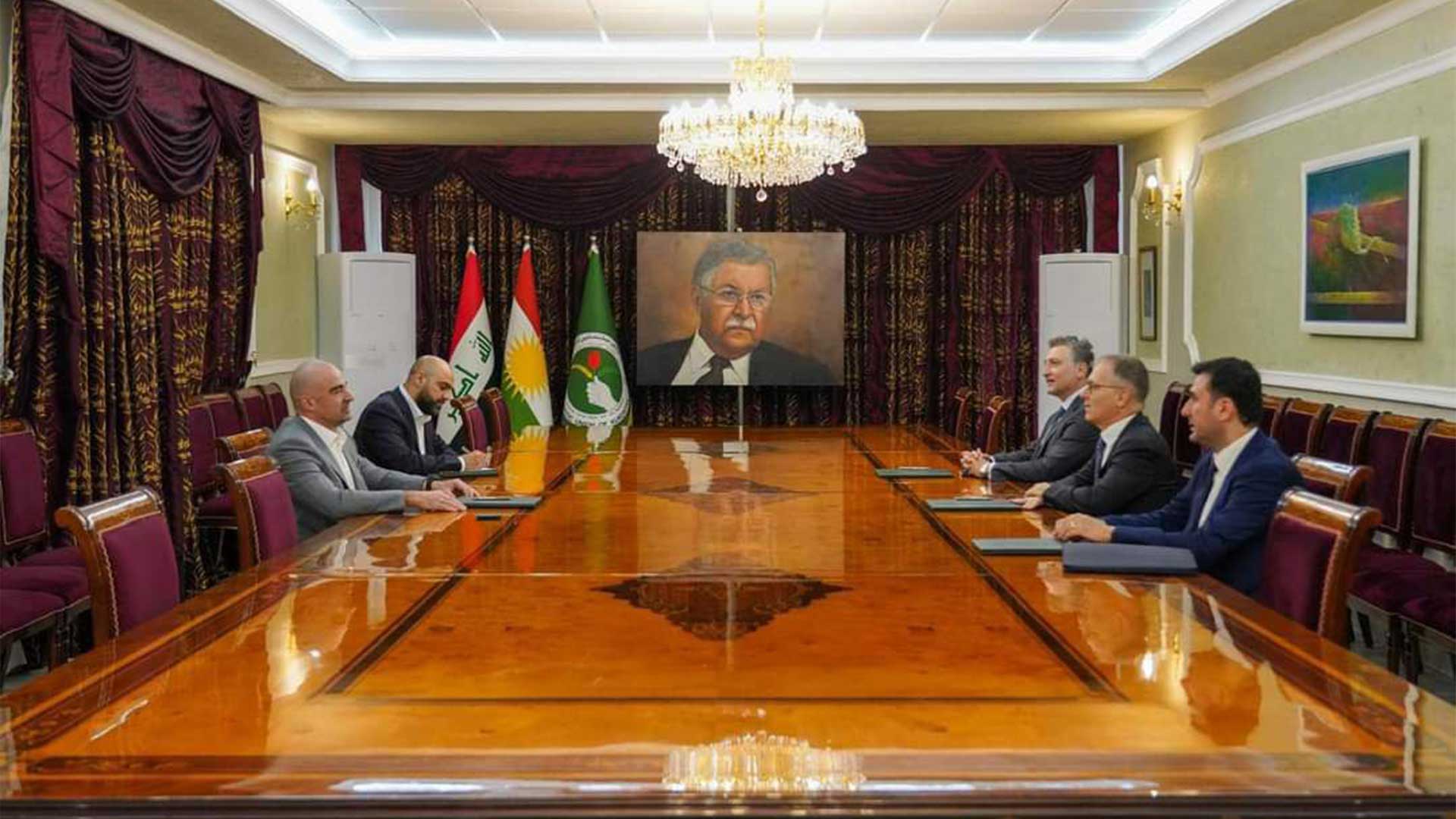
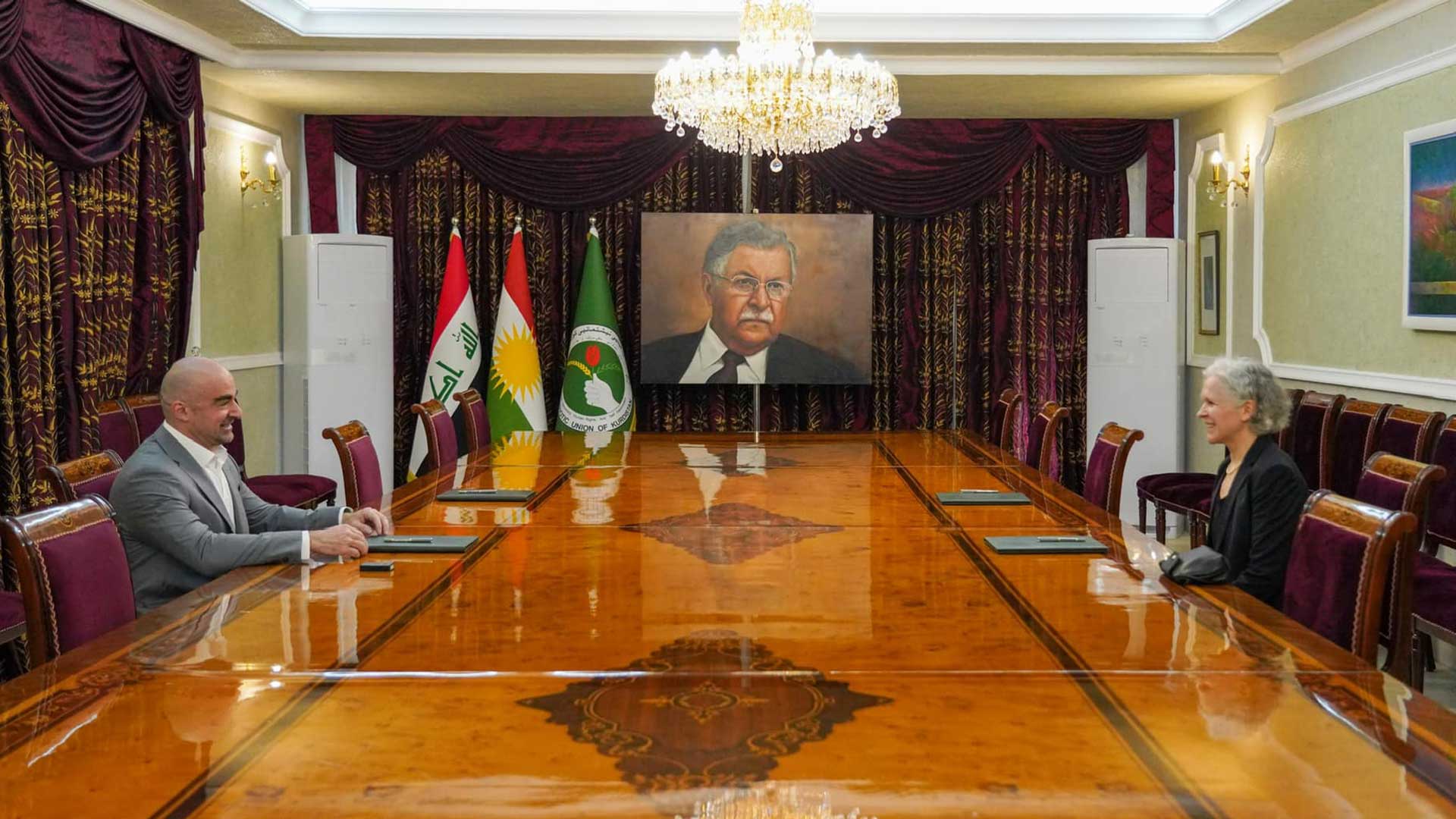
 Application
Application


